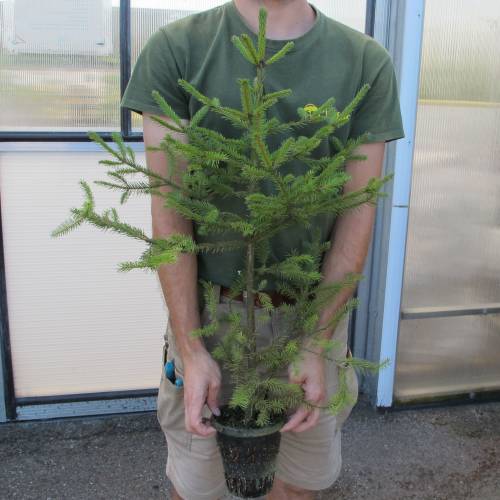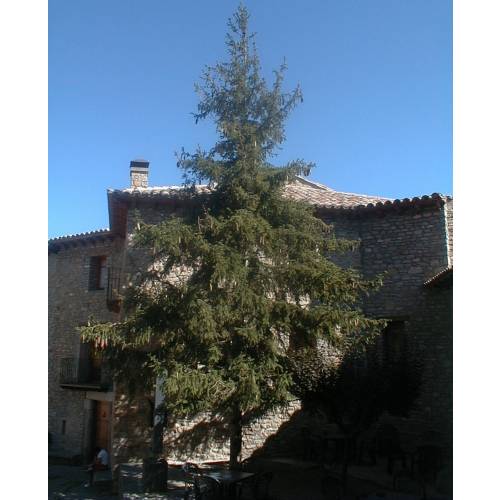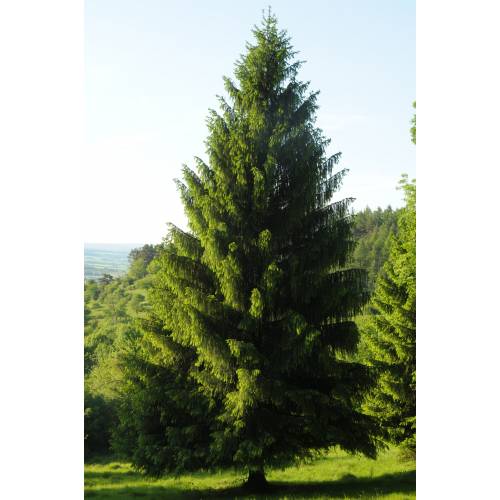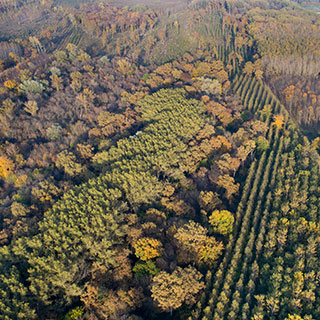
Plants
Spruce, Norway / Picea abies
-
30.68 € Norway spruce - Picea abies
832T - Available
-
29.07 € Norway spruce - Picea abies
832U - Available
-
11.96 € Norway spruce - Picea abies
832P - Available
-
11.39 € Norway spruce - Picea abies
832QE - Available
-
10.35 € Norway spruce - Picea abies
832Q - Available
-
8.27 € Norway spruce - Picea abies
832QB - Available
-
8.06 € Norway spruce - Picea abies
832QC - Available
-
7.85 € Norway spruce - Picea abies
832QD - Available
-
4.73 € Norway spruce - Picea abies
832J - Available
-
4.11 € Norway spruce - Picea abies
832d - Available
-
3.59 € Norway spruce - Picea abies
832K - Available
-
2.95 € Special Offer - 30%
832Jx - Available
-
1.82 € Norway spruce - Picea abies
832f - Available
-
1.81 € Norway spruce - Picea abies
832fb - Available
-
1.30 € Norway spruce - Picea abies
832E - Available
-
1.29 € Norway spruce - Picea abies
832fc - Available
-
0.00 € Norway spruce - Picea abies
832D - Request for quotation
-
Area of origin: Mountains of central Europe; in cold wet mountains (Northern Alps, Jura and Vosges) in meridional mountains (Southern Alps) and Scandinavia.
Adult Dimensions: Height up to 50m (164'), width up to 15m(49,2').
Foliage: Evergreen
Soil Type: Dislikes lime.
Hardiness: Dislikes dry or polluted air. Hardy to -28°C.
Exposure: Full sun.
Properties and uses:
Planted alone in parks and gardens. It is also used to create beautiful avenues. It is also grown for Christmas Trees. It is a very important tree within forests throughout Europe. The wood is widely used in carpentry and papermaking.
Plant, or reforest Norway Spruce, Picea abies, Picea excelsa – Foresters Guide
1) The Norway Spruce (Robinia pseudo-acacia) is it suitable for my land? The Norway Spruce is the typical species of the high montane zone. In medium mountain, it is found mixed with Silver Fir and Common Beech. In higher altitudes, it is the main genus (Spruce forest) or it can be found with some Larches or Mountain Pines. The Norway Spruce is cold resistant and not very sensitive to spring frost. It thrives when the average annual temperatures are between 5 and 8°C, with 2 months and a half of an average temperature over 10°C. It appreciates wet climates and can grow in a wide range of soils. However, it prefers acidic soils.
2) Which planting density for my Norway Spruce plot? (Picea abies, Picea excelsa)
The planting density is the number of plants planted in one hectare (acre). Here it means determining the initial number of young plants and to choosing their repartition in the available space.
The planting density is defined by the gaps in between the lines as well as the spacing in between each plant on a same line.
It is the basics of the silvicultural path which must lead to a final trees’ population of quality and to the fulfilment of the land’s owner set goals.
Advice: When choosing the density, think about the width of the tool which will allow the maintenance of the gaps in between the lines. The space in between the lines must allow clear passage for a tractor-drawn, maintenance tool.
For the Norway Spruce (Picéa Abies):
- From 1100 to 2000 plants/hectare (generally 1600 plants/hectare).
The Norway Spruce was not usually planted with other species and deciduous trees growing naturally (precious deciduous, birch) were taken out in a systematic way during forests clearing. Because of the spread of this monoculture, the Norway Spruce was often criticized (sensitive to the CBB, soils becoming acidic, landscape problems, windfalls…)
3) How to prepare the soil to plant Norway Spruce (Picea abies, Picea excelsa)?
In Silviculture, working the soil is a key element in the success of planting. The root system of the tree must take rapidly where planted. Whether the work is done mechanically or manually, we recommend working the soil in its depth for optimum planting.
4) How to plant the Norway Spruce (Picea abies, Picea excelsa)?
a- Receipt, storage and preparation of the plants before planting
- Upon receipt, place the crates side by side, on a flat surface so as there is no air circulation underneath. Choose a shady spot protected from wind;
- Maintain a good humidity level of the plants on the crates placed on the edges,
- Plan for the possibility of watering if planting is delayed or if the plants require water,
- In case of frost, do not handle the plants and if frost is forecasted for several days, place mulch on the edges.
b- Planting
Our team of professional planters use a planting cane to place the earth-balled plants in situ. This ergonomic, light tool allows quality, quicker planting work. It is also possible to carry out a traditional planting work using a pickaxe or a spade
In all case, you must:
- Dig a hole a little bit larger than the earth-ball ;
- Position it well in the hole;
- Cover it entirely;
Finally, the worker will tamp down the soil carefully with its foot. It is forbidden to press strongly or again to heel-butt the plant to avoid crushing the earth-ball and damage the root system of the plant.
Video on planting using a planting cane
Buy Planting cane
5) How to limit weeds on my Norway Spruce plot (Picea abies, Picea excelsa) ?
During the first years, it is essential to eliminate all self-propagating plants. Not controlled they are going to be in competition with your plants and are going to deprive the young trees of the vital elements they require to grow (water, light and nutritional elements). You must therefore eliminate mechanically this unwanted competition until the trees are big enough to be able to dominate it.
Two types of operations are possible after planting:
Manual clearing around the plants
It is in fact acts often carried out using portable thermic Strimmers or billhooks to clear plants on a line or around the plants themselves.
Mechanical clearing of the space in between the lines
These actions are done using cutters and flail mowers, horizontal or vertical cutters, mounted on mini excavators or tractors. As a result, they cannot be undertaken outside the spaces available between the tree lines (seedlings or plants).
6) How to protect my young False Acacia plants from wildlife (Picea abies, Picea excelsa) ?
There is a necessity to protect the plot as soon as the population’s density of Cervidae (deer and roe deer in particular) risk leading to significant damage such as undergrowth of the plants or friction of the stems. Sometimes, the setting up of plants’ protection is also necessary as soon as the rodents’ population (rabbits, hares, coypu, voles...) are locally important.
3 types of protections are possible:
- Individual, mechanical Protections ( dissuasive netting, photo-degradable tubes,...)
- Protection by total wire-fencing of the plot,
- Protection by applying a repellent on each plant or on the borders of the plot.
Catalogue Protections against Game




















